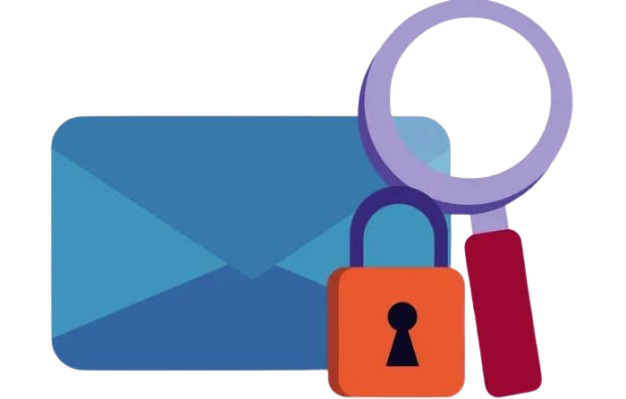- Phishing: DKIM safeguards against fraudulent attempts by malicious individuals to mimic authentic domains with the intent of acquiring confidential information.
- Spoofing: In the absence of DKIM, spammers can dispatch deceptive emails that seem to originate from a reputable domain. DKIM guarantees that only permitted servers can send communications on behalf of a specific domain.
- Tampering: DKIM confirms that the email's content remains unchanged throughout its journey, thereby maintaining the message's integrity.
- MXToolbox provides a DKIM lookup function that verifies whether DKIM records are present and valid.
- DKIMCore features a complimentary online tool to validate DKIM records and help identify any issues.
- DMARC Analyzer includes an extensive DKIM verification as part of its email authentication toolkit.
DKIM Record Check: Verify Email
Authentication For Enhanced Security And Trust
Authentication For Enhanced Security And Trust
In the current digital landscape, securing email is essential as individuals and businesses encounter a growing array of cyber threats. One highly effective method for confirming the legitimacy and reliability of email correspondence is DKIM. This email authentication technique verifies that an email's sender is genuinely permitted to utilize the domain in question. In this article, we will delve into the functioning of DKIM, its significance for email security, and how to verify your DKIM record to maximize protection. Access detailed insights on this topic.
What is DKIM and Why is It Important?
The Basics of DKIM Authentication
DomainKeys Identified Mail (DKIM) is a technique for authenticating emails that employs public-key cryptography to confirm the authenticity of the sender. When an email is dispatched from a domain configured with DKIM, the sending server incorporates a digital signature into the email's header. This signature is created using a private key that remains exclusive to the server of the email sender.
Conversely, the server of the recipient can utilize the sender's public key, which is made available through a DNS (Domain Name System) record, to verify the authenticity of the signature. When the digital signature aligns with the public key, the email is deemed genuine and free from alterations during its journey. However, if the signature does not correspond or is absent, the email could be marked as dubious, suggesting it might be a phishing attempt or unwanted spam.

Enhancing Email Security with DKIM
Integrating DKIM into your email configuration aids in safeguarding against prevalent email-related threats, including:
Building Trust with Recipients
Implementing DKIM significantly boosts both the security and the credibility of your emails in the eyes of recipients. By setting up DKIM for your domain, email services like Gmail and Outlook can show a "Verified" tag alongside your messages. As a result, the likelihood of your communications being flagged as spam decreases, leading to better email deliverability and increased interaction with your audience.
How to Check Your DKIM Record
Step 1: Access Your DNS Settings
To check your DKIM record, you must begin by navigating to your DNS settings. Usually, this can be accomplished via the control panel of your domain registrar or hosting service. After logging in, find the section dedicated to DNS management, where you can create or modify records.
Step 2: Locate Your DKIM Record
Check your DNS configuration for a TXT (Text) record linked to DKIM. Typically, this record will be named in the format selector._domainkey.yourdomain.com. The selector serves as a distinct identifier for the key pair utilized in DKIM signing, and the _domainkey label indicates the record's connection to DKIM. The record's value holds the public key for verifying emails dispatched from your domain.

Step 3: Use a DKIM Lookup Tool
If you're uncertain about the correct setup of your DKIM record, consider utilizing an online DKIM lookup service. These services enable you to input your domain name and selector to verify the existence and proper formatting of your DKIM record. A few well-known DKIM lookup services are:
Step 4: Test Email Authentication
After confirming your DKIM record, it’s advisable to check your email authentication by sending a message to a third-party platform such as Gmail or Yahoo. These platforms will indicate if your email has been authenticated using DKIM in the headers of the email. To view the message headers, look for an option like "Show original" within your email client.
Check the headers for a line labeled DKIM-Signature. If you find a valid signature there, it indicates that your DKIM configuration is functioning properly. However, if you encounter a problem, like a failed DKIM verification, you should review your DNS settings and resolve the issue.